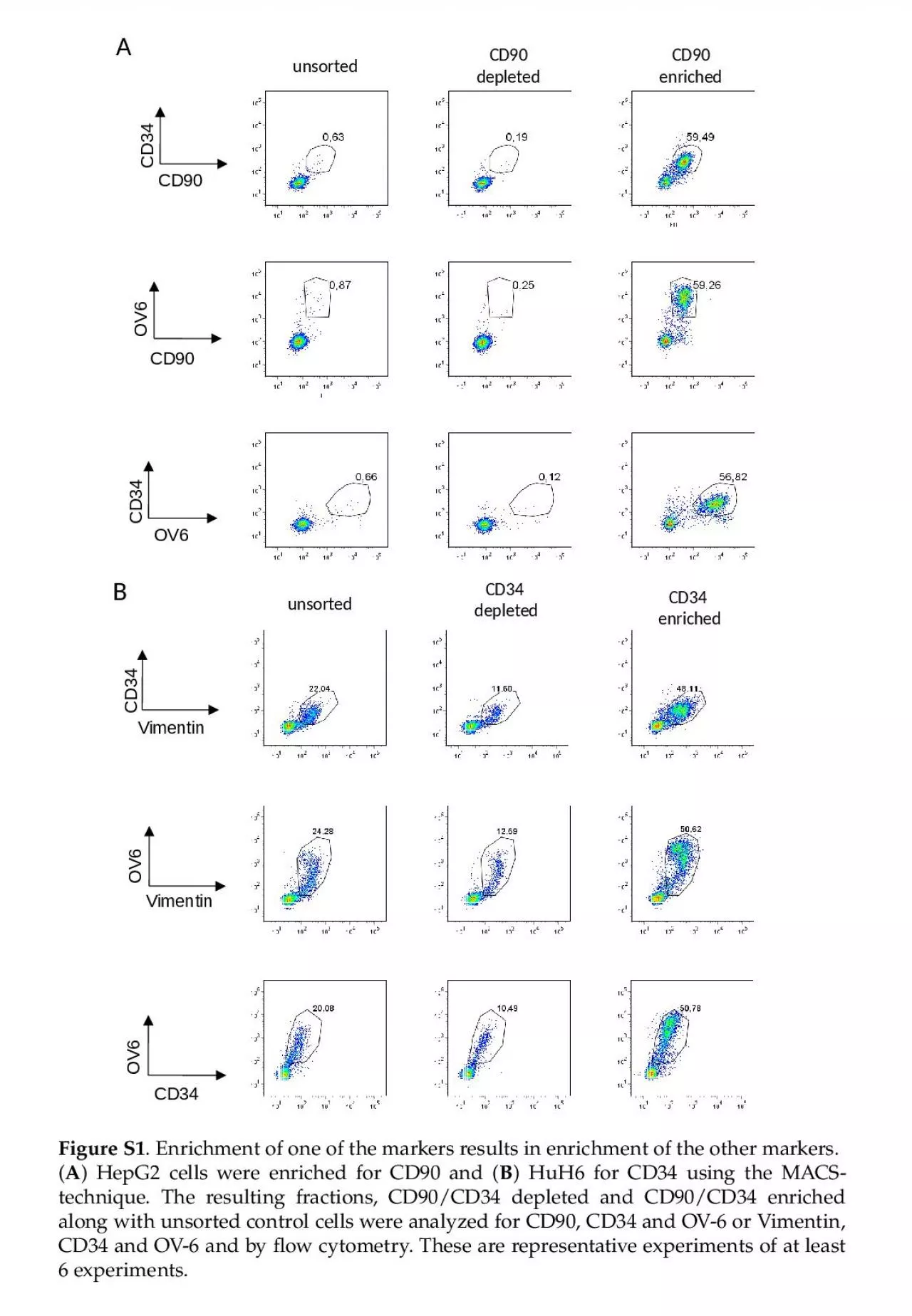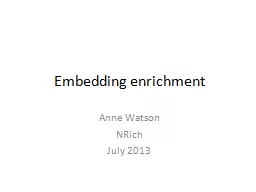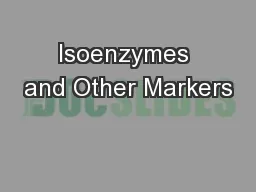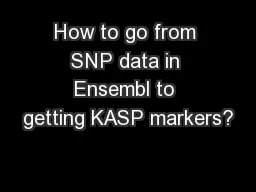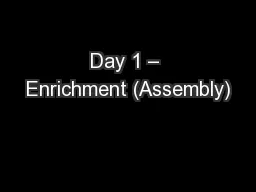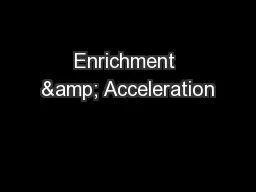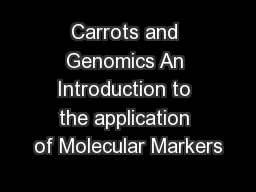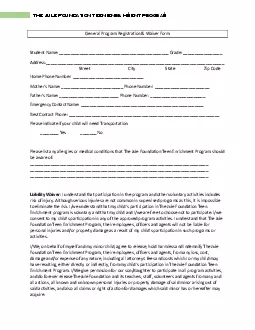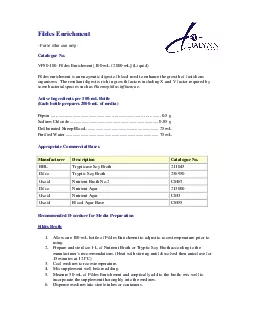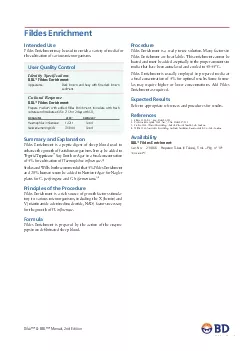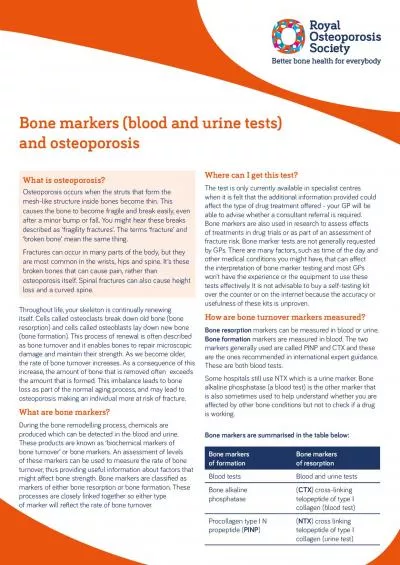PPT-F igure S1 . Enrichment of one of the markers results in enrichment of the other markers.
Author : candy | Published Date : 2024-01-03
A HepG2 cells were enriched for CD90 and B HuH6 for CD34 using the MACStechnique The resulting fractions CD90CD34 depleted and CD90CD34 enriched along with unsorted
Presentation Embed Code
Download Presentation
Download Presentation The PPT/PDF document "F igure S1 . Enrichment of one of the m..." is the property of its rightful owner. Permission is granted to download and print the materials on this website for personal, non-commercial use only, and to display it on your personal computer provided you do not modify the materials and that you retain all copyright notices contained in the materials. By downloading content from our website, you accept the terms of this agreement.
F igure S1 . Enrichment of one of the markers results in enrichment of the other markers.: Transcript
Download Rules Of Document
"F igure S1 . Enrichment of one of the markers results in enrichment of the other markers."The content belongs to its owner. You may download and print it for personal use, without modification, and keep all copyright notices. By downloading, you agree to these terms.
Related Documents

